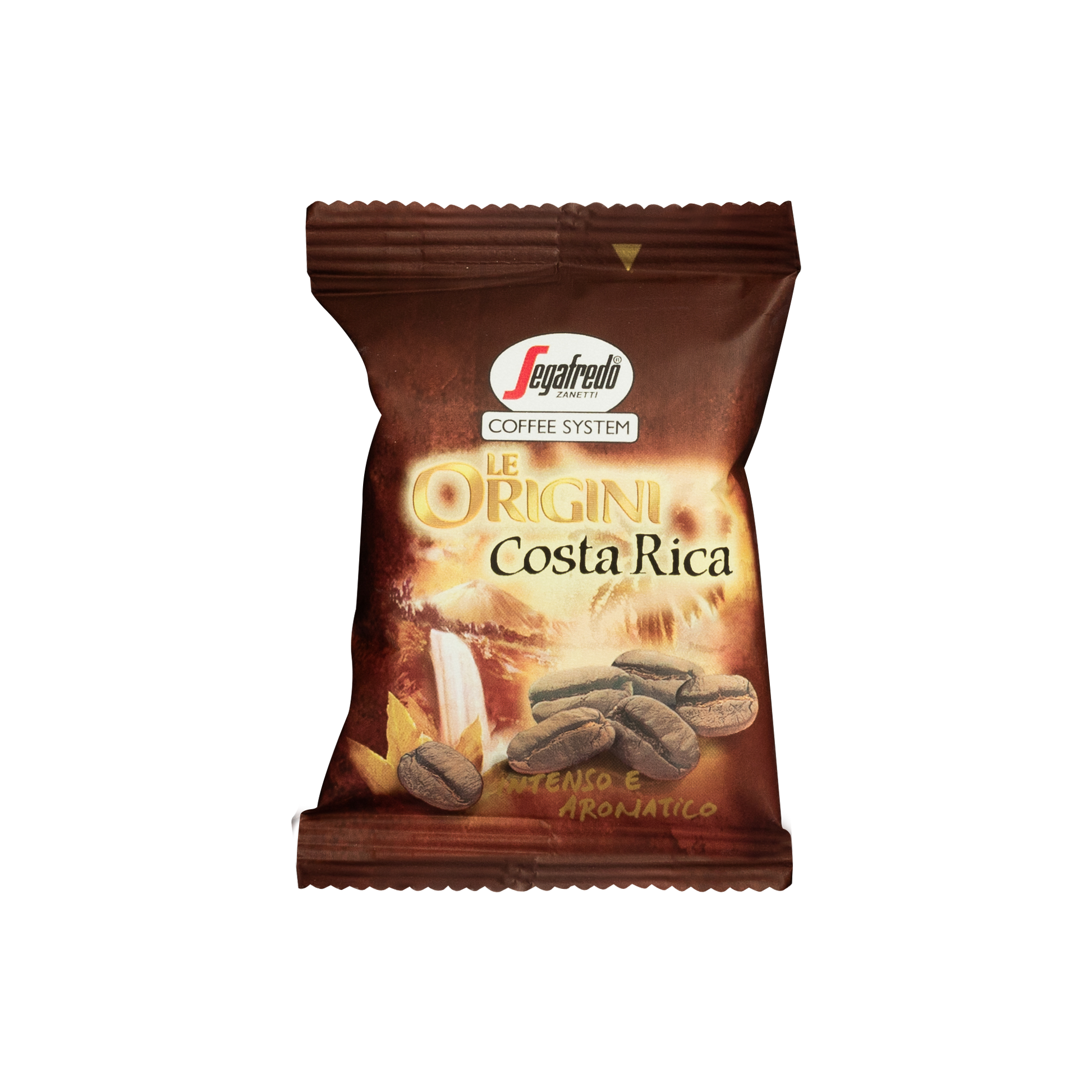Coffee Beans Uncovered: Discovering the Tricks of Espresso and Blended Coffee Beans
When you think of coffee, what comes to mind? Is it the abundant scent of espresso or the complexity of a well-crafted blend? Recognizing the nuances of coffee beans can change your experience. Each variety, from Arabica to Robusta, holds its own secrets. As you discover additionally, you'll reveal how these beans shape tastes and impact sustainability. What might you discover concerning your next mug?
The Origins of Espresso: A Historical Point Of View
Although espresso is now a staple in coffee society worldwide, its origins trace back to the early 20th century in Italy. You might be amazed to discover that the invention of coffee was driven by a need for speed and efficiency. In 1901, Luigi Bezzera patented the initial espresso machine, intending to make coffee faster than conventional techniques. This innovation rapidly recorded the attention of Italian coffee enthusiasts, resulting in the espresso bars we recognize with today.
Recognizing Espresso Beans: Qualities and ranges
When you consider coffee, it's vital to recognize the different bean selections and their one-of-a-kind flavors. Each kind brings a distinctive character to your mug, affected by factors like roast levels. Recognizing these aspects can elevate your espresso experience significantly.
Coffee Bean Varieties
As you discover the globe of espresso, you'll quickly find that not all beans are developed equal; each selection brings its very own unique flavors and qualities to your mug. The most prominent types consist of Arabica and Robusta. Arabica beans are understood for their smooth, nuanced tastes and reduced high levels of caffeine material, making them a favored among coffee connoisseurs. On the various other hand, Robusta beans load a more powerful punch with greater high levels of caffeine and an extra bitter taste, typically favored in blends for their crema-enhancing qualities. You could also experience specialty beans like Liberica and Excelsa, which offer distinctive accounts and are much less typical. Each variety supplies something different, so trying out will assist you discover your ideal coffee.
Flavor Profiles Explained
Comprehending the flavor profiles of different espresso beans can raise your coffee experience. Each bean range offers special attributes that influence aroma, mouthfeel, and taste. Arabica beans usually offer a sweeter, much more complicated taste with tips of fruit and floral notes, while Robusta beans tend to be bolder, with nutty and natural undertones.
When you discover single-origin beans, you could find unique regional flavors-- Central American beans may be brilliant and citrusy, whereas Italian blends often provide abundant, chocolatey notes.
Roast Levels Impact
Roast levels play a crucial duty in forming the flavor and aroma of coffee beans, affecting your total coffee experience. Understanding these roast levels aids you select the coffee that matches your taste choices. Experimenting with various roasts can lead to fascinating discoveries, enhancing your recognition for espresso.
The Art of Blending: What Makes Blended Coffee Special
What makes blended coffee so fascinating? It's everything about the art of integrating beans from various origins, roast degrees, and flavor accounts. You're not simply blending; you're creating an unified equilibrium that highlights the toughness of each bean when you blend. You can try out various mixes to boost body, acidity, and sweet taste, causing a mixture that's richer and a lot more complicated than a single-origin coffee.
Mixing additionally permits you to deal with varied taste choices. You can craft a mix that's smooth and smooth or one that's bold and durable, depending on your audience. And also, blending can aid maintain consistency, using a trustworthy flavor experience despite seasonal variations in beans. Whether you're a barista or a home maker, mastering the art of mixing opens up a globe of creative thinking and flavor opportunities, making your coffee experience genuinely special.
Taste Profiles: Sampling Notes of Coffee vs. Blended Coffee
Mixed coffee offers a world of flavor opportunities, but when it comes to espresso, you're looking at a much more focused experience. Coffee usually showcases vibrant, rich flavors with a thicker mouthfeel.
On the other hand, mixed coffee offers a complex tapestry of tastes. You can discover a selection of sampling notes, from nutty and sweet to floral and fruity. Each blend can offer something distinct, commonly incorporating beans from various areas to create a balanced profile.
While coffee supplies a punch, mixed coffee welcomes you to appreciate the subtleties. Whether you like the durable stamina of coffee or the intricate tastes of blended coffee, each cup tells its very own tale, waiting for you to discover.
Brewing Techniques: Refining Your Espresso Shot
To accomplish the best coffee shot, comprehending the brewing techniques is vital, as even minor changes can greatly influence the taste and top quality. Begin by utilizing fresh, premium coffee beans; grind them prior to brewing for optimum flavor. Go for a fine work, regarding the consistency of common salt, to assure suitable extraction.
Next, take notice of your water temperature level; it needs to be in between 195 ° F to 205 ° F. Too too cold or warm can destroy your shot. Use concerning 18-20 grams of coffee for a double shot, and tamp it evenly with strong pressure to develop an uniform puck.
Finally, regulate your extraction time; purpose for 25-30 secs. A longer extraction can lead to anger, while as well short can cause sour tastes. Practice these methods regularly, and you'll refine your abilities, attaining that abundant, robust espresso shot you crave. Delight in the journey!
The Duty of Roast Degrees in Espresso and Blended Coffee
After understanding the brewing techniques for espresso, it's time to ponder just how roast levels influence the flavor profile of your coffee. The roast degree can drastically modify your coffee's preference, body, and fragrance. Light roasts tend to highlight the coffee's origin, supplying intense acidity and fruity notes, while medium roasts equilibrium level of acidity and sweet taste, developing an all-around flavor. Dark roasts, on the other hand, draw out strong, abundant flavors with lower acidity, commonly generating delicious chocolate or great smoky touches.

Checking Out Sustainability: Ethical Sourcing of Coffee Beans
When you pick coffee, you're not simply picking a taste; you're choosing concerning the influence on farmers and the setting. Recognizing Fair Profession methods, organic farming methods, and qualification criteria can aid you sustain lasting coffee sourcing. Let's discover how these variables contribute to an extra ethical coffee experience.
Fair Profession Practices
Fair Trade techniques play a necessary role in making certain that coffee beans are sourced fairly and sustainably. When you choose Fair Profession coffee, you support farmers that obtain reasonable earnings and job in secure conditions. This commitment to honest sourcing aids battle destitution and promotes neighborhood growth in coffee-growing regions. You'll discover that Fair Profession accreditation additionally encourages eco-friendly farming practices, as manufacturers are incentivized to secure their land and resources. By choosing Fair Trade brand names, you're not just appreciating an abundant cup of coffee; you're making a positive influence on the lives of those who expand it. Your option matters, and it links you to a global movement concentrated on fairness and sustainability in the coffee industry.
Organic Farming Methods
As you check out the world of moral coffee sourcing, natural farming approaches arise as a crucial element of sustainability. By selecting organic coffee, you support methods that focus on dirt health, biodiversity, and natural ecological communities. Farmers prevent synthetic chemicals and fertilizers, depending instead on all-natural garden compost and crop turning to enhance soil fertility. This not only safeguards the environment but additionally boosts the quality of the coffee you delight in. Chemical-free farming motivates local wild animals and promotes a balanced ecological community, lowering the possibilities of illness and pests. In addition, it commonly causes stronger, much healthier coffee plants, causing richer flavors in your cup. When you opt for organic coffee, you're making a conscious choice that benefits both the planet and your taste.
Qualification Standards Explained
Recognizing accreditation standards is essential for any individual thinking about ethically sourced coffee. These requirements, such as Fair Profession, Jungle Alliance, and USDA check this Organic, guarantee that coffee is expanded under sustainable techniques. You support farmers who stick to honest labor practices and ecological defense. when you choose accredited coffee.
Fair Profession certification concentrates on providing reasonable salaries and functioning problems, while Rainforest Alliance highlights biodiversity and community conservation. USDA Organic assures that no artificial fertilizers or pesticides are made use of. By acquainting on your own with these accreditations, you can make enlightened choices that straighten with your values. Following time you go to your local coffee shop or supermarket, try to find these tags, and really feel excellent knowing your coffee acquisition positively affects communities and the environment.
Regularly Asked Concerns


Just How Does Elevation Impact the Development of Coffee Beans?
Elevation effects coffee bean growth by affecting temperature level and climate. Greater elevations commonly create denser beans with even more complicated flavors, while reduced elevations can cause faster development but much less tasty end results. You'll taste the distinction!
What's the Difference In Between Arabica and Robusta Beans?
Arabica beans are sweeter and much Continued more intricate, while Robusta beans have a stronger, harsher taste with higher caffeine material. You'll find Arabica preferred for specialized coffees, whereas Robusta's typically used in instant coffee and espresso blends.
Can Coffee Beans Spoil or Shed Taste In Time?
Yes, coffee beans can spoil and lose flavor with time. They'll become stagnant if you save them improperly or maintain them also long. Always maintain your beans in an airtight container away from light and dampness.
What Are the Health Conveniences of Drinking Coffee?
Consuming alcohol espresso increases your power, improves psychological quality, and may reduce the threat of certain illness. It's abundant in anti-oxidants, supports metabolism, and can boost state of mind, making it a helpful choice for your daily routine.
Just How Does Water Quality Impact Espresso Extraction?
Water top quality greatly affects coffee removal. It influences the solubility of oils and flavors, influencing taste and aroma. Utilizing filtered water can improve your coffee, making certain a pleasurable and balanced cup whenever you make.
Coffee Beans Uncovered: Uncovering the Keys of Espresso and Blended Coffee Beans.
Comprehending the flavor accounts of various coffee beans can boost your coffee experience.Roast levels play a vital function in forming the taste and aroma of coffee beans, affecting your overall coffee experience (SOE).Mixed coffee uses a world of flavor possibilities, yet when it comes to espresso, you're looking at a more concentrated experience.After understanding the brewing techniques for espresso, it's time to consider just how roast degrees affect the flavor account of your coffee